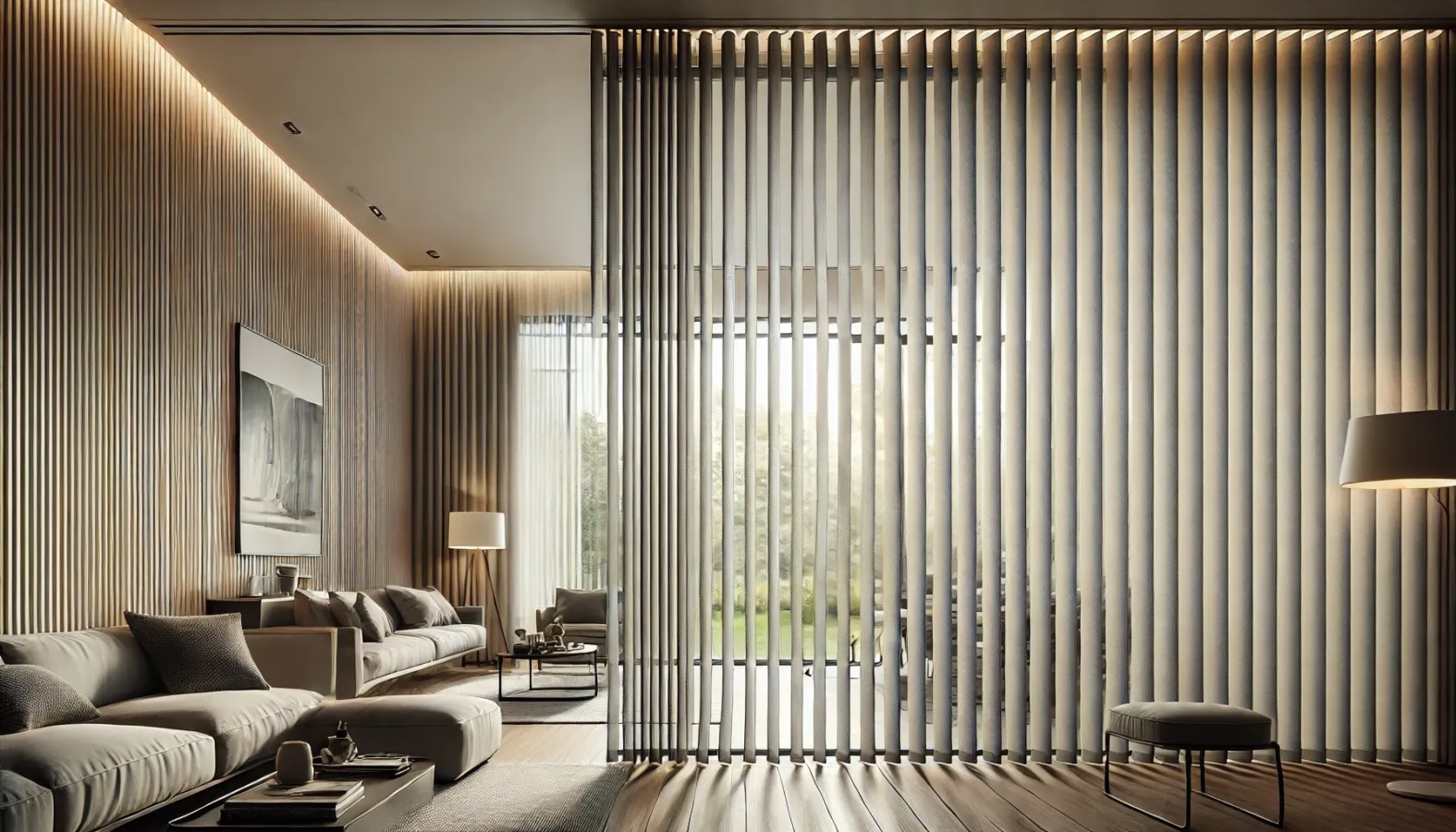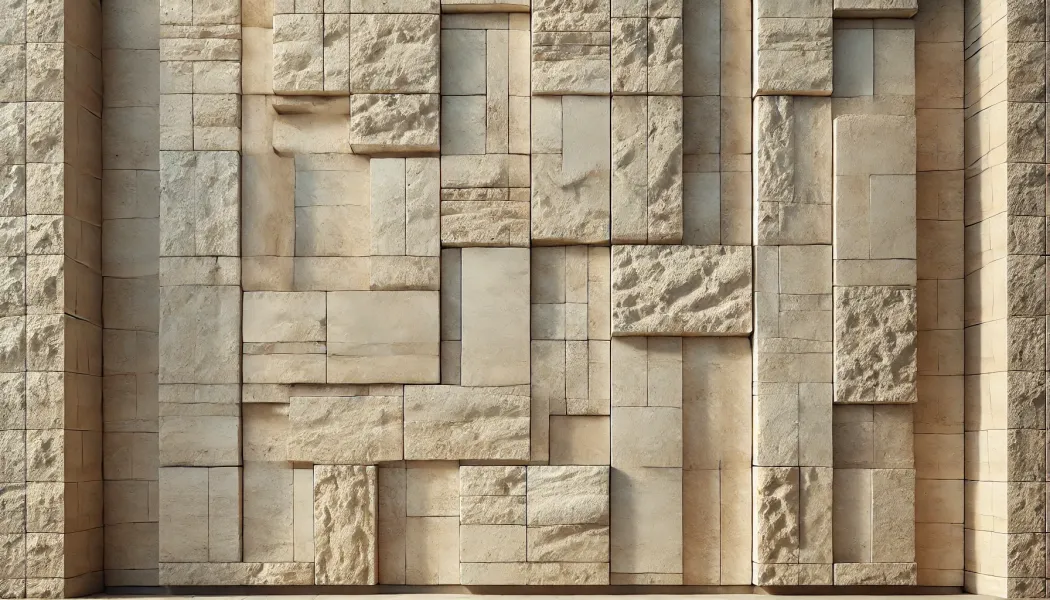Interior design is now rightfully considered one of the types of modern art, often demonstrating a strict balance between practicality and aesthetics. One of the important elements of the visual image of the room is the skillful control of lighting, and not always only artificial light sources are used. One of the most popular decorative items involved in this area of decoration is a variety of blinds. In this article, we will look at what blinds are for windows and what criteria should be followed when choosing them.
What are blinds in general terms?
Blinds are a convenient and ergonomic way to protect a room from direct sunlight, combining practicality and beauty. The design of these devices is based on lamellas, movable plates arranged horizontally or vertically. By adjusting the positions of the slats, you can change the degree of illumination penetrating through this obstacle. The first structures of this type were made of reed or wood and were used hundreds of years ago, but they did not differ in high technology and were devoid of movable elements.
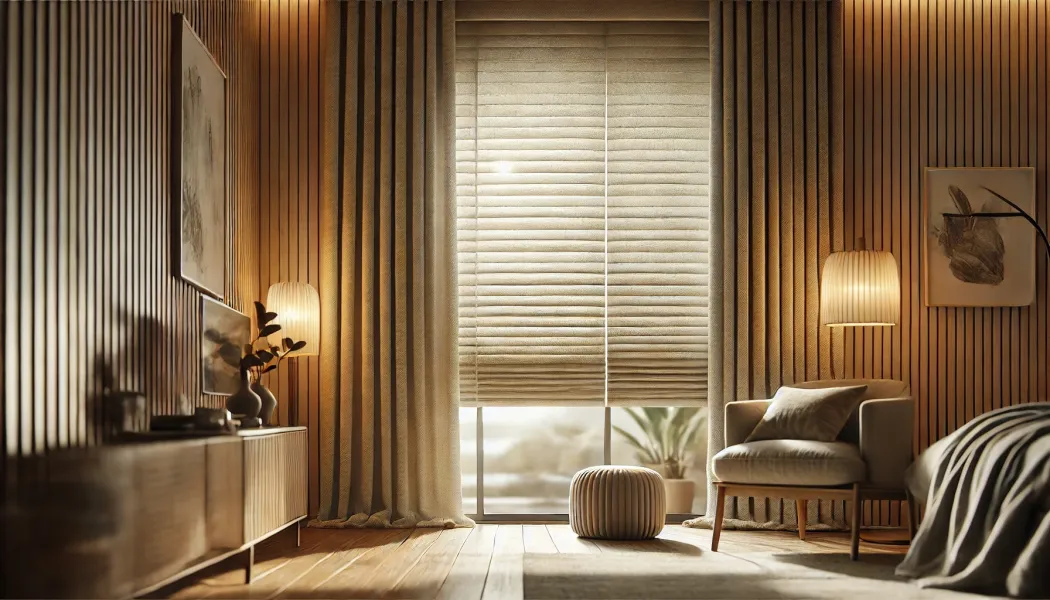
The design of modern blinds is much more complex and functional than that of similar devices used in ancient times. In particular, the blinds device includes a simple mechanism that allows you to adjust the position of the sunscreen slats. It can be either a purely mechanical device based on chains and cords, or an electric drive. The most advanced models can be connected to the smart home system, which allows owners to set the natural light mode by timer.
In the hot climate of Uzbekistan, blinds are often a necessity, without which direct sunlight can create an unbearable climate in the room, even with air conditioning. Depending on the material used, blinds can be reflective or light-scattering. In addition to the practical function of adjusting the lighting, blinds are an important element of the decor and can have a noticeable effect on the overall aesthetics of the room.
What kind of blinds are there: classification by design
Currently, an extensive list of materials and a variety of design solutions are used in the production of blinds. According to the type of technical design, the following main types of blinds can be distinguished:
- Vertical blinds consist of lamellas fixed on the cornice at the top and equipped with special weights at the bottom. Most often, lamellas are made of plastic or thick fabric. The elements of the blinds can rotate along the axis or shift, which allows you to flexibly adjust the luminous flux. Such a decorative element is often used not only on windows, but also as door curtains. In addition, there is the use of vertical blinds as an interior partition. For the manufacture of weights, dense plastic is most often used, but there are models with metal weights. Due to the vertical arrangement of the slats and the use of antistatic treatment, vertical blinds are not susceptible to dust accumulation and are quite easy to maintain. The level of protection from light in this type of blinds is mediocre due to the design features.
- Horizontal blinds are a classic option with excellent sun protection properties. The width of the lamells of horizontal blinds is usually less than that of vertical ones, and there is no additional weighting. Adjusting the horizontal blinds allows you to direct the light stream to the ceiling, thus creating soft and diffused lighting. At the same time, the horizontal lamells fit snugly together in a closed position and perfectly prevent the penetration of light. The design of the horizontal blinds mechanism is simpler than that of the vertical ones, which has a positive effect on reliability.
- Roller blinds, unlike the previous two options, do not consist of separate elements, but are a single piece of cloth. In this case, the degree of illumination of the room is adjusted not by changing the position of the lamellas, but by winding the fabric onto a special shaft. At the same time, the fabric can be fixed on the guides in the form of stretched strong cords, which allows you to fix the blinds even in the wind. Most often, roller blinds are made of dense materials that have undergone antistatic treatment. Some modern models consist of a double canvas with varying degrees of transparency. The fabric winding mechanism can be located on either side of the blinds.
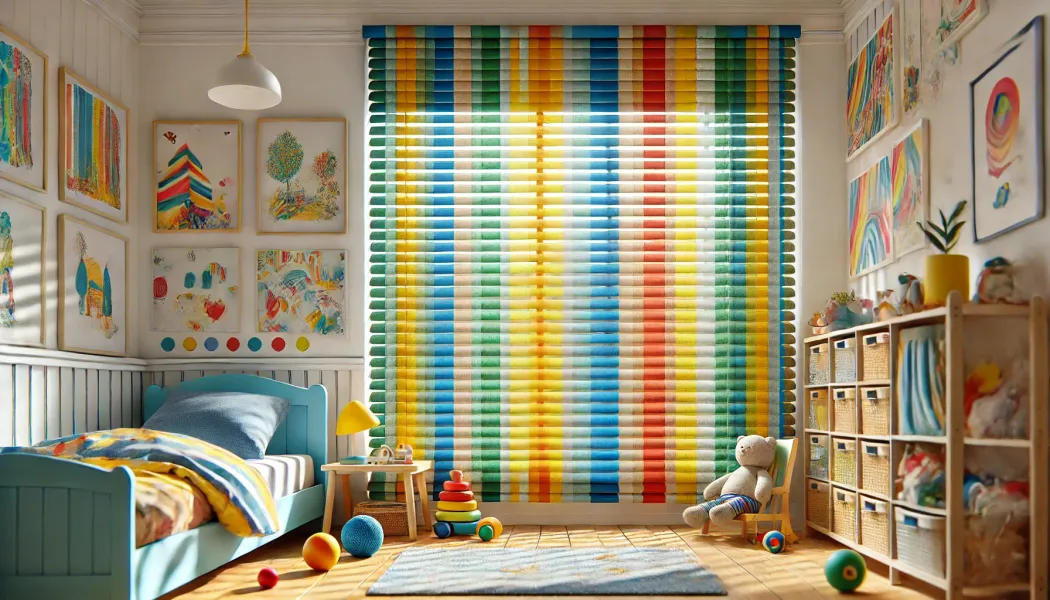
Types of blinds by material of manufacture
Currently, manufacturers of blinds offer customers an extensive variety of products made from a large list of natural and synthetic materials. Among them, the most common options are:
- Aluminum blinds. The widespread use of this lightweight metal in the manufacture of blinds is largely due to the trend towards environmentally friendly production. However, from the consumer's point of view, this option is not without advantages, aluminum is characterized by low weight, as well as high resistance to damage and humidity. Aluminum blinds are easy to maintain and have a long service life. The metal surface is coated with a special paint capable of withstanding prolonged exposure to direct sunlight. Aluminum blinds perfectly tolerate high temperatures, which allows them to be used in the kitchen near the stove or in close proximity to heating appliances. For all their advantages, aluminum blinds have one significant drawback: they produce noticeable noise under the influence of wind.
- Bamboo blinds are made of specially processed bamboo. Despite the natural origin of this material, it has a very decent moisture resistance and resistance to rot. However, bamboo has the ability to absorb odors, which is why it is better not to hang such blinds in the kitchen. Another disadvantage of bamboo blinds is their high cost in comparison with synthetic materials. This is especially true for handmade pieces. Bamboo combines light weight and fairly high strength, however, long bamboo slats have some tendency to sag.
- Wooden blinds can be made of various types of wood, which has a great influence on the characteristics of an individual product. Usually, the mechanical strength of wooden blinds is low, but due to the aesthetics of such products, they are very popular, despite the high price. In interior design, wood is considered a fairly universal material, appropriate in a wide variety and sometimes even contradictory styles. High-quality wooden blinds are quite expensive, so with a limited budget, it would be a good option to consider an alternative in the form of textured plastic. Wooden blinds are not recommended for use in the kitchen or bathroom, as the resistance of wood to moisture leaves much to be desired.
- Plastic blinds are available on the market in a huge variety and wide price range. Such products are easy to maintain and operate, so they can often be seen in various offices. Plastic blinds are no less in demand when decorating residential premises. The richness of the color scheme and texture of plastic allows you to make blinds from it in a wide variety of styles. The undeniable advantages of plastic blinds include their high hygiene. Because of this, plastic blinds, along with aluminum ones, are often used in medical institutions and catering establishments. Plastic tolerates frequent wet cleaning and exposure to detergents well.
- Fabric blinds in most cases are made of synthetics treated with antistatic compounds. As with plastic, fabric blinds can be used for interior design in almost any style. In most cases, blinds made of fabric can be vertical or rolled, the layout of horizontal slats is much less common. The design of fabric blinds often implies easy disassembly and removal of fabric elements for their washing.
- Multi-factor blinds are a universal design with a complex layout. Such blinds can include from two to four layers made of different types of materials. This not only allows you to flexibly adjust the light transmission of this curtain, but also opens up wide design possibilities that allow you to create a unique design. Multi-factor blinds can be installed both in residential premises and in offices or workrooms. The flexibility of mounting such structures allows them to fit seamlessly into openings of various complex shapes. The disadvantages of this form factor include the high cost of multi-factor blinds and the complexity of their control mechanism.
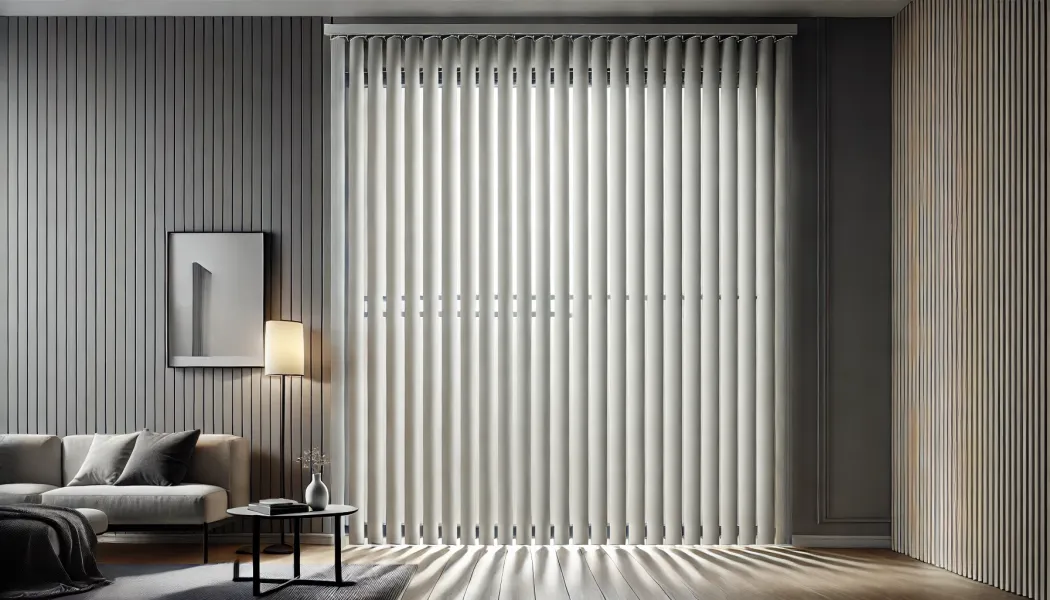
How to choose blinds: practical recommendations
All types of window blinds have both advantages and disadvantages. If you want to choose a specific variety, in addition to purely aesthetic characteristics such as color or texture, you should also take into account the practicality factor. First of all, decide on the type of fastening of the cornice. In a situation with a small room, you can save some space by installing a cornice in the window opening. However, in this case, you will not be able to place indoor flowers or other decorative elements on the windowsill, since this place will be required for turning the slats. In addition, when installing blinds in a window opening, it will not be possible to achieve complete darkening of the room, since small gaps will remain between the blinds and the edges of the opening. When installing the cornice on the ceiling, the blinds cover the window completely. Blinds can also be installed on the window sash or, in some cases, directly inside the frame.
It is equally important to take into account the material from which the cornice is made. If the blinds are made of dense, heavy material, you should avoid using an inexpensive plastic curtain cornice. Under the influence of the load, such a cornice can deform and sag. Aluminum cornices are much stronger and withstand heavy blinds, but their cost is noticeably higher.
Take into account the type and nature of operation of the room in which the blinds will be hung. In humid rooms like kitchens or bathrooms, it is better to use blinds made of plastic or aluminum. Wooden or fabric blinds tend to absorb odors and tolerate dampness much worse. A special chemical impregnation gives such products resistance to rot, but does not insure against the appearance of mold. Please note that plastic does not tolerate exposure to high temperatures, so such blinds should not be placed near batteries or heating devices.
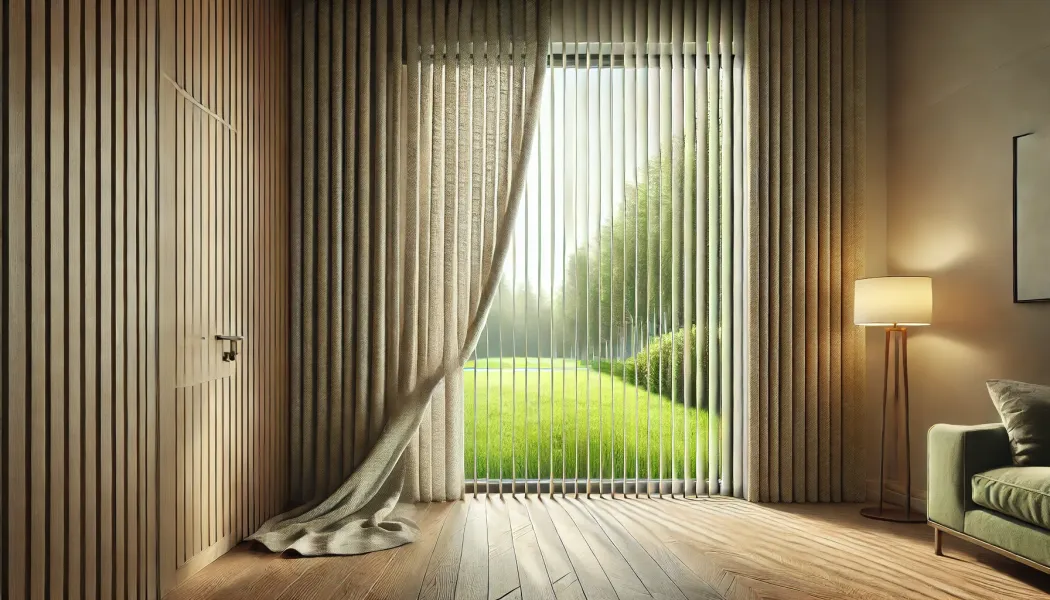
For a bedroom or a children's room, one of the important factors is the degree of blackout of the blinds. A good option here would be roller blinds with a cornice located on the ceiling. Vertical blinds darken somewhat worse, since light will penetrate through the cracks between the slats, which is especially noticeable in the presence of an air flow from an open window. Horizontal blinds made of rigid lamellas also have good dimming performance, but are prone to dust settling, which makes their care somewhat more difficult. However, this arrangement provides the widest possibilities for adjusting the luminous flux, and from this point of view, horizontal blinds are the most versatile option.
Where to order blinds for windows: catalog of offers
If you need to purchase blinds in Tashkent or another city in Uzbekistan, pay attention to the corresponding section of our website. In it you can find a large selection of contact information of companies engaged in the sale of blinds and components for blinds of all varieties.
